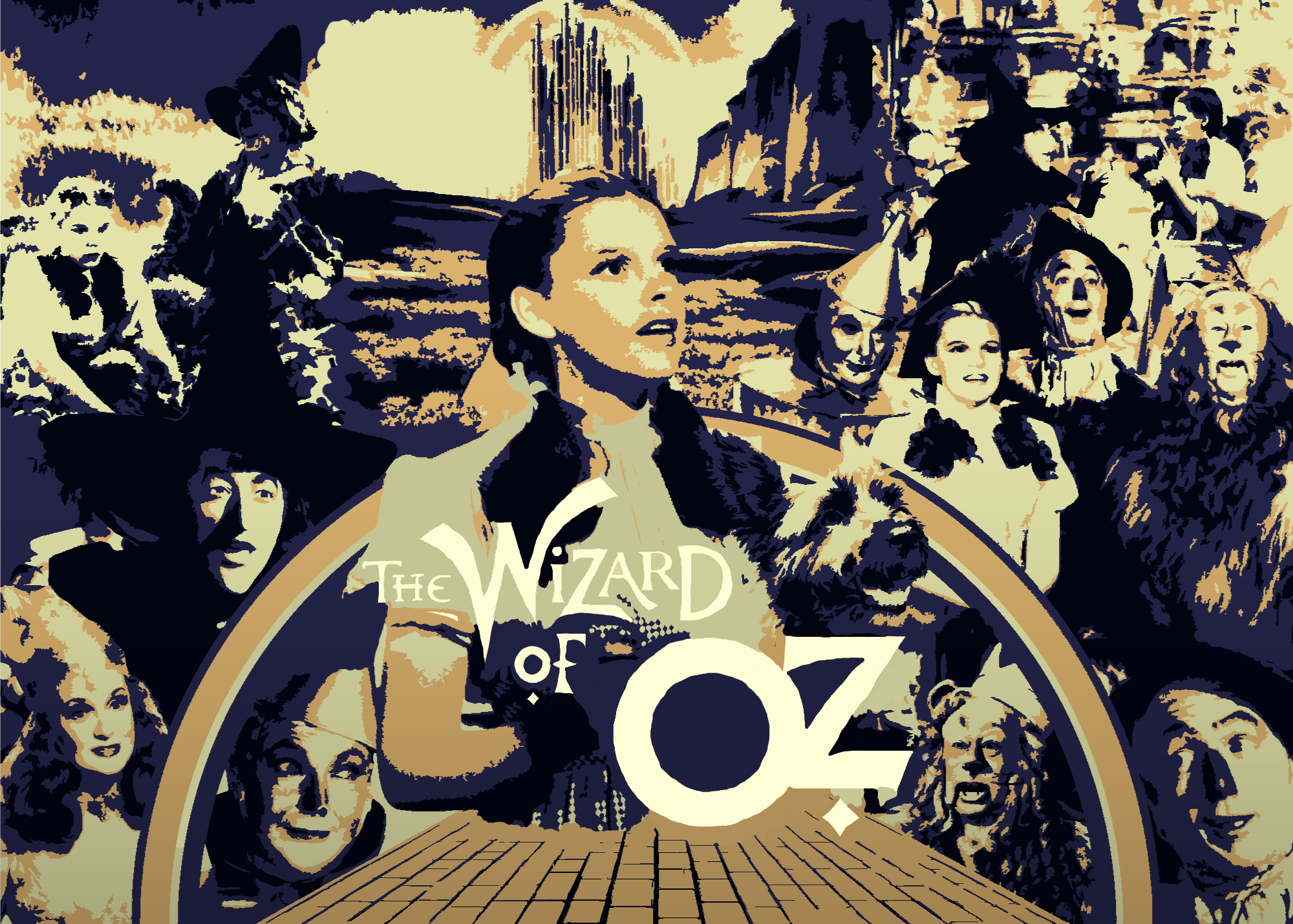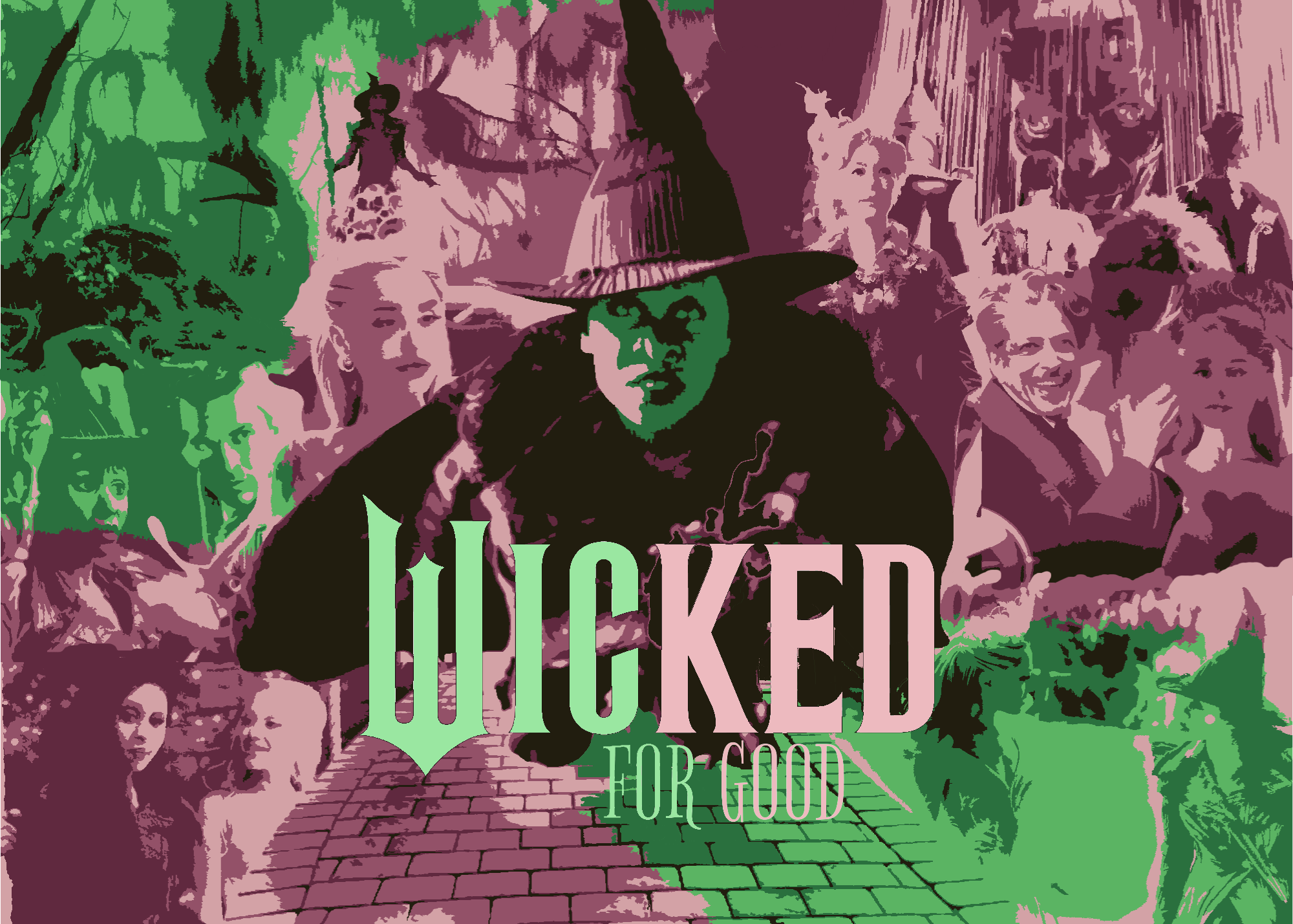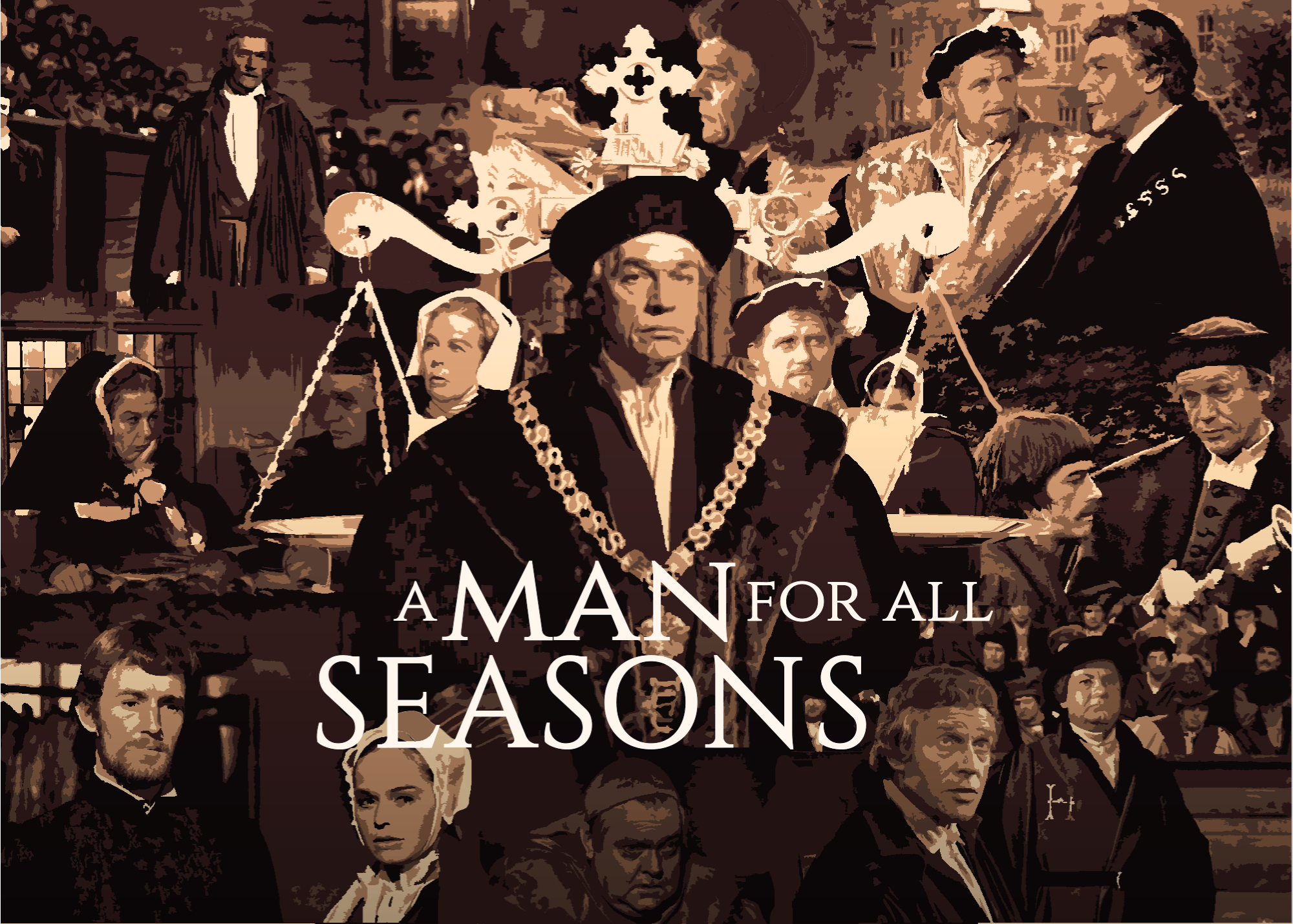Review: "Nightmare Alley" More A Boulevard of Broken Daydreams
The case for remakes takes another hit in Guillermo del Toro's middling reworking of the 1947 classic.
ModernThomas Edison, the famed American inventor, was a man of great ambition. We often visualize such people as conquerors or CEOs, forging empires or spearheading conglomerates, but invention requires a different drive. Failures seem fruitless, proving more discouraging with each impediment. The roadblocks mount along with the frustration, and every progression is a setback, furthering your design but showing flaws you must correct before claiming success.
Unsurprisingly, it took Edison many attempts at perfecting the electric incandescent light bulb. Sources vary on the number of tries it took, though the popular total is 2,000.
When asked by a New York Times reporter about his many failures, Edison retorted as any man of ambition would; to paraphrase, “I did not fail. I discovered 2,000 ways not to make a light bulb.”
With drive comes confidence; with ambition comes arrogance. Edison was not a man to admit fault. He had failed, but restructuring failures as veiled triumphs is the fuel to the fire of greatness. If we conceded even temporary defeat, victory would never seem worth it.
Movies must refuse to make these concessions. The art must constantly reinvent itself in subtle ways that slowly change the form. It develops technologies and wears them out before balancing the heights they can reach with honoring their purpose. It narrows its scope, isolating and expanding on concepts instead of cramming several decades into a couple of hours.
Movies cannot reach perfection because their use, while universal, is only far-reaching due to subjectivity. A light bulb has one purpose that meets the needs of consumers regardless of race, ethnicity, sex, gender, sexual orientation, creed, or political affiliation. Movies provide stories that understand us and evoke our individual fears, insecurities, hopes, dreams, and experiences. They are everything because we make them that way.
Films progress when they reinvent themselves, but never with an end in sight. Thus, we cannot lay out an exact timeline: we know when films began, but we do not know when this world will end them, and thus cannot pinpoint where each era falls. However, if one movie could prove the middle child of cinema history, much like the 1,000th failure in Edison’s long trek to the light bulb, Nightmare Alley is that movie.
After burning down his house, Stan takes a job with a traveling circus. During his employment, he meets a fake psychic and her alcoholic husband, who explain the mechanics of their trick. After the husband dies, Stan leaves the carnival, takes the husband’s book of secrets and final words regarding becoming a believer of your deceptions, and goes to Chicago.
Nightmare Alley does nothing to distinguish itself, partly because its director’s visual style is present but unaccounted for: the nights appear lit by lanterns sprinkled across the sky and the days chilled with hints of blue, but aside from these minor tonal cues, it is just a movie that exists. It overflows with locations but never settings. Each step is just as lifeless and barren as the last, expecting dim lighting and sparkling gold to make the movie feel alive. It doesn’t.
Movies like this breathe by their ambition, but Nightmare Alley has none. The horrors of a perverse circus and the supernatural undertones the film hints at get lost in the shuffle or unexplored entirely. It is a commentary on ambition and greed, of the temptation we face when opportunity knocks, and the sacrifices we make to seize it, but it is a movie that tells us nothing of greed and power we do not already know. It could succeed in being cozy with our self-awareness by recognizing its familiarity and weaving it into its narrative’s visual potential subtly, but it does not.
Films are not beholden to anything. They do not have to follow an original’s letter of law or bind themselves to any text. We expect them to be, do, and say certain things. Alas, it is not for us to decide what a movie can or cannot be. We cannot hold a film responsible for our expectations, but we can penalize it for making us feel that it would have been better as a different movie.
Nightmare Alley contains no nightmares or alleys, not even the feeling of them. It is not spooky, atmospheric, terrifying, or complex. Nightmares are layered, locking us in terror as we face the fears of our subconscious. Everything feels compact even if the scene shifts, like the world we encompass has no escape. We cannot leave unless something inside us we cannot control decides to let us out.
Alleys are dirty, filthy, tight, and claustrophobic. Even in the cleanest cities with the neatest people, there is a feeling of seediness down every path. The only light they offer creeps through drawn shades or from the street lights that seem a world away.
We have no feeling of atmosphere, no seediness or complexity, no terror or layers. Every character is curated for a specific reason, fitting a familiar mold that makes everything they do and say predictable and the result clear from the outset. We never ponder Stan’s path, Molly’s journey, Ritter’s perspective, or the thematic destination towards which these converging paths are heading.
Nightmare Alley shows the downfall of a man who skyrockets to success. It is a commentary on the corruptive nature of realizing our ambitions, of excelling beyond our potential. We did not need it for this. No movie can tell us better what experience says so well. We have all risen high only to crater. We have all thrown love away for the hunky lothario or busty seductress. We have sacrificed our morals to get what we want or lost sight of what matters as we strive to attain it.
It is not that films should never reflect human experiences or the inherent flaws that create them, but they cannot succeed by simply doing so. We do not need movies to state the obvious. If they do, it must be in a way that resonates. They must be funny or swell with emotion; they must be exciting or insightful in their commentary; they cannot telegraph themselves, laying out their narrative so plainly. The mirror must have a crack or smudge; the image staring back at us must feel slightly unfamiliar. The only purpose such transparency can serve is to cease our forward-thinking to focus on the moment, bathe in the thematics, and bat them around in our heads as the visual displays take hold.
Nightmare Alley does not know that. It knows only the most familiar means of setting up future developments, with sly zooms on pronounced background objects or emphasis on dialogue that will impact the story later. These things may satisfy people who pat themselves on the back for discerning context clues, but they are ineffective at justifying a movie’s existence.
Phil imparts to Stan the importance of self-control and humbling yourself to avoid temptation. Biting into fruit from the poisonous tree offers temporary delight, but in the end, that poison will claim you. You cannot be a man of lies without eventually having them become your reality. The movie gets predicated on this final sliver of wisdom from a pseudo-sage, but it means nothing. Stan never believes his lies. He always knows he’s a con artist, that he hustles desperate people. It could be entertainment, validation, absolution, or resolution, but it is just like it is with movies: if we look for something, we will find it.
The destination of Stan’s journey thus lacks impact. He is not a man corrupted by his ambitions and the success they bear him. He is not a man who falls victim to his own deception. He is just a guy who does what many people in his position do: take advantage of their looks and circumstances to make money, ultimately losing sight of themselves along the way. It is the nail in the film’s coffin: it leans heavily into tropes so familiar it leaves no room for surprise or ideas it refuses to realize.
Yet, it somehow manages to entertain, although our interest gets based primarily on wanting to see where it goes just for the sake of it. Its performances and visuals mask a story struggling to be worth more than casual interest, but you watch. You still pay attention, despite knowing the generality of everything that’s going to happen.
Despite that universal value, a movie based on those generalities needs to offer a conclusion that wraps everything it believes it gifts us. It has to make an obvious villain compelling in their deceit or unique in motive. It has to justify breezing by two years worth of rising through the ranks on the backs of another's genius and the naivete of a nation desperate for reprieve. It doesn’t.
It just constructs the frame: a down-on-his-luck carny whose good looks carry him from muck to mountain’s peak who loses himself to the very fate whose warning began his path. It is tried and true: to earn our investment, it must bring something new. It cannot rest on familiar visuals, though it does. It cannot trust strong performances to distract us from the lifeless narrative, though it does. It cannot expect that suspending us by the very doom we anticipate will lead to an eerie but thematically satisfying conclusion, though it does.
Nowadays, few movies get equipped with the trappings of a great film but none of the execution: Nightmare Alley is. If its title had been literal and the film tackled its themes more specifically, it would have been a great movie.
It’s the sort of movie that asks whether we’ve become so familiar with films that we will never truly appreciate them again. Much of what we see has gotten done countless times before; the only means of keeping our perspective fresh is to make the familiar seem extraordinary. Nightmare Alley, though it possesses an innate quality that compels us to watch, lacks the means to do more than what it does: settle for its inherent traits and the inevitable course they run. It does not reinvent the wheel or even aim to do what it needs to evolve. It does not justify having remade a classic film outside the general appreciation for what we can do 74 years down the line. It knows that quirk and pomp do not equal substance but does not realize its subject matter is so commonplace that those things were just what it needed.
It does not find 2,000 ways how not to make a light bulb.
.png)
46
Director - Guillermo del Toro
Studio - Searchlight Pictures
Runtime - 150 minutes
Release Date - December 17, 2021
Cast:
Bradley Cooper - Stanton “Stan” Carlisle
Cate Blanchett - Lilith Ritter
Rooney Mara - Mary Margaret “Molly” Cahill
Willem Dafoe - Clement “Clem” Hoatley
David Strathairn - Peter “Pete” Krumbein
Toni Collette - Zeena Krumbein
Richard Jenkins - Ezra Grindle
Ron Perlman - Bruno
Mary Steenburgen - Felicia Kimball
Editor - Cam McLauchlin
Cinematography - Dan Laustsen
Screenplay - Guillermo del Toro, Kim Morgan
Score - Nathan Johnson

%20(13%20x%206%20in)%20(13%20x%204%20in).png)
.png)


































.png)






.png)